by Amanda Rose Newton
As a beekeeper and entomologist, I cannot help being completely enamored with bees.

Their admiration is well-deserved, given that 80% of flowering plants rely on these little insects to keep producing the fruits and grains we have come to depend on. That is why there is so much attention on bee health and well-being these days. Their health directly affects ours.
However, bees are not the sole pollinator, and several food crops would actually prefer a different insect or animal to aid in fertilization.
As we saw last week, flowers are clever at adapting to attract pollinators to do their dirty work for them.
In the pollinator world, these are referred to as “syndromes” and you likely have several examples happening in your landscape right now.
Cantharophily: Beetle Pollination
Unbelievably, there are numerous plants– especially trees– that rely on the clumsy little guys to help with spring pollination.
Flowers that are pollinated by beetles cater to their strengths. Beetles are heavy for insects and tend to tumble into rather than land gracefully onto flowers.
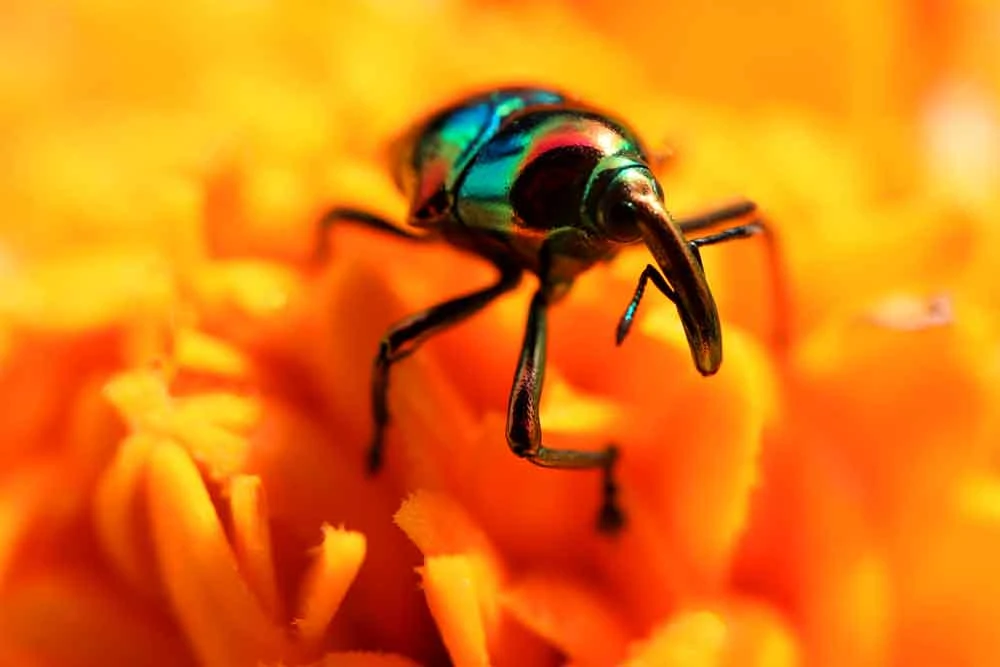
They also do not have that amazing vision or sense of smell bees and butterflies are known for.
Therefore, the flowers that seek beetles are big, light-colored, and heavily perfumed. Think “old woman perfume” level of fragrance! A few of their favorites include magnolias, gardenias, Xanthosoma, and dogwood blossoms.
Psychophily: Butterflies and Moth Pollination
While we always associate butterflies with flowers, since both their adult and juvenile form rely on plants for food, we forget how important they are as accidental pollinators.
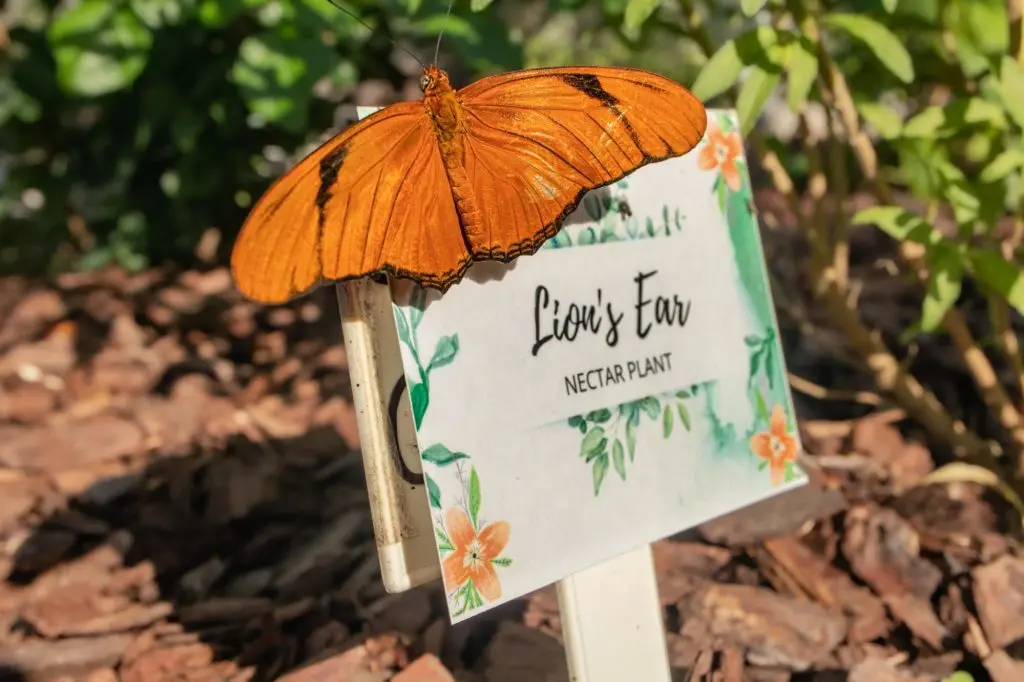
When collecting nectar, butterflies are carrying around pollen and deposit it as they pay nearby flowers a visit.
Many flowering species, especially prairie and meadow plants, have adapted to a butterfly-friendly aesthetic to ensure they are paid a visit. Butterflies have great vision on par with bees and wasps, so the color is key.
Their olfactory senses, sight, hearing, and taste are all highly tuned as well. Many of these receptors are on their feet, so a butterfly literally tastes a flower when it lands on it.
One of the downsides of being a butterfly is that those wings do not allow one to hover like a bumblebee. A landing pad is a necessity! If you want more butterflies in your garden, consider adding bright, flat, nicely scented flowers to bring them in.
Finally, remember that their mouth is essentially a straw, so flowers generally store nectar deeper if they are trying to attract a butterfly over a bee.
Phlox, plumbago, butterfly bush, pentas, and native fire bush are all perfect examples.
Moth Pollination
Moths have one of the most fascinating relationships with plants. Not all moths feed as adults, which explains their oversized abdomens. They simply live off their fat reserves until they hit their expiration date.
Those who do pollinate are after very specific plants. Moth vision varies, with many preferring the nocturnal lifestyle. When flying at night, it helps if the flower is bright, has an easy-to-trace smell, and nectar in a handy cup shape in need of a straw mouthpart.
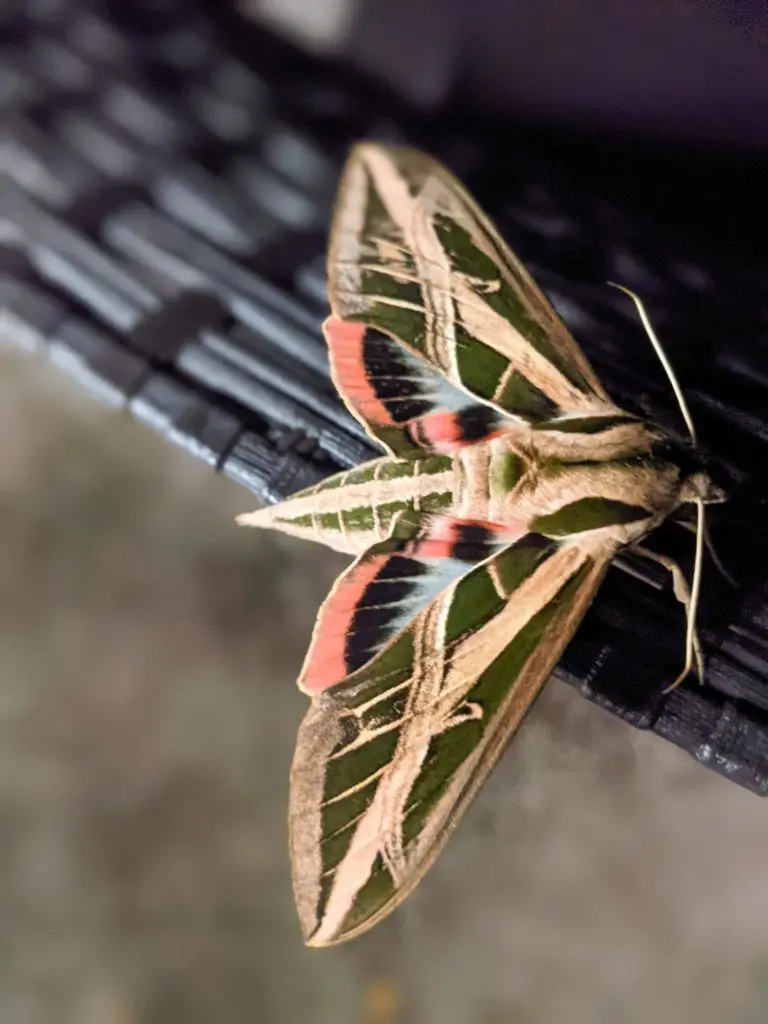
Many flowers have chosen to open only at night, not only to avoid the heat of the day but take advantage of these late-shift workers who are going to hit the fast-food drive-thru on the way home.
Many orchids and flowers with distinct spur shapes are after moths! The deeper the pollen is in the flower, the further inward the moth has to go, which ends with the pollen sticking to the furry moth’s body.
The beautiful hummingbird sphinx moth bunks the myth that moths only parade around at night, coming out in the daytime and grabbing nectar from butterflies’ favorite flowers.
Myophily: Fly Pollination
Flies are by far, the most underrated of all the pollinators. While they may not be the crowd favorite, they fill in major gaps left when bee populations decline.
Flies are not fussy and there is little that will not interest them, making them ideal for numerous situations. If you are a flower and trying to attract a fly, you will successfully bring them all to the yard just by smelling like trash.
Alternatively, if you really want to up the ante, go for rotting meat. The beloved pawpaw, a native fruit to the Southeast, takes this very seriously and relies on flies to produce the coveted, custardy, delicious fruit.
Many flowers will go as far as to take on a red/purple hue, to resemble meat, or feature fungal-like spots to get flies excited. Aside from the pawpaw, the world-famous corpse flower which– you guessed it– smells like a dead body, is fly pollinated.
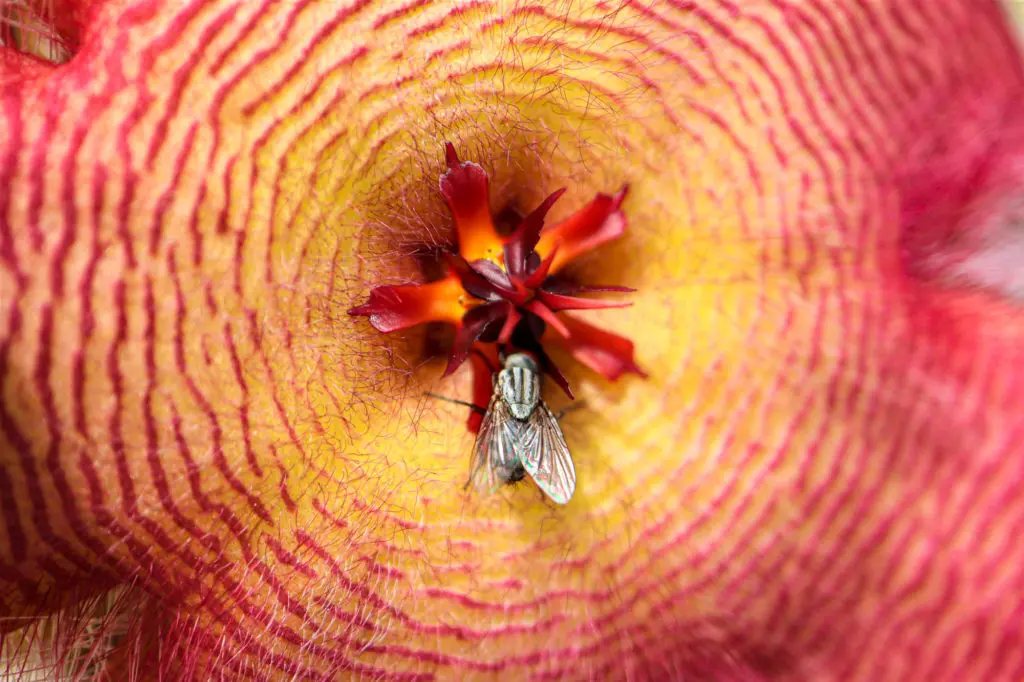
Chiropterophily- Bat Pollination
Pollination is not just for birds and bees!
Mammals, especially bats, are critical for many plants to complete fertilization and serve several edibles we have come to love.
Since the majority of bats are nocturnal, most flowers that attract bats open exclusively at night. Flowers that operate this way tend to grow in places where it makes sense to shut down during the day and have a happening nightlife.
Cacti feature bright-colored, lovely-smelling blooms to take advantage of these night prowlers.
Unlike butterflies and moths, bats are excellent at hovering and use their tongues to grab both pollen and nectar, which bat-attracting flowers produce ample amounts of.
While it’s mainly a tropical phenomenon, the majestic Saguaro cacti of the Southwest is famous for its late-night bat visits. Totally worth the trip!
Ornithophily- Bird Pollination
Birds, especially of the humming variety, are big-time pollinators wrapped in a small body.
These little birds live solely off nectar, living out the ultimate sugar high. Their long beaks make tube flowers an easy score for them, and the fact they can fly backward and upside down means no platform is required.
Despite these impressive feats, hummingbirds do not have the best eyesight or sense of smell. They do see red pretty well, which is why flowers that want hummingbird attention lean that way on the color wheel.
Our native firebush, aloe, coral honeysuckle, and firecracker are all great choices for attracting hummingbirds to your backyard. Feeders work as well, but remember dyed syrup is not needed if the feeder is already red.
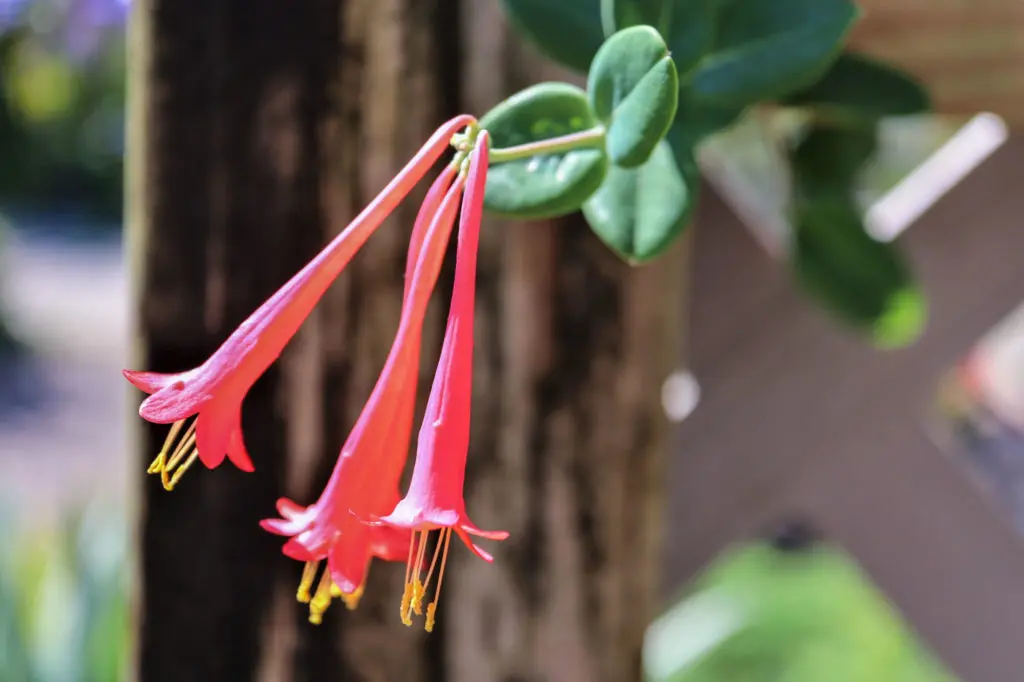
Hummingbirds are not the only birds who pollinate! On the East side of the world, sunbirds of Africa and Asia have special curved beaks to reach the nectar of unique plants native to the area. This just shows how diverse the range and relationship between insects, bats, and plants is.
Now is the perfect time to add a few new plants to your yard with the purpose of bringing in pollinators.
By thinking outside the bee box, you can create a wealth of biodiversity that will improve the productivity and beauty you see year-round. This simple action will go far in order to increase our county’s pollinator power.


